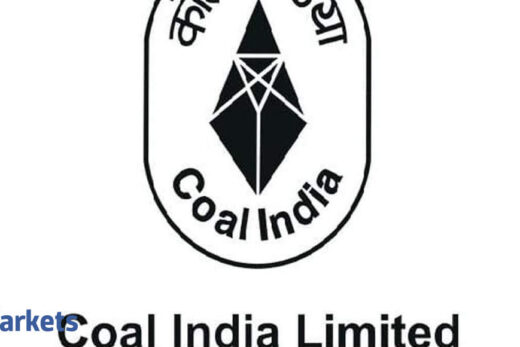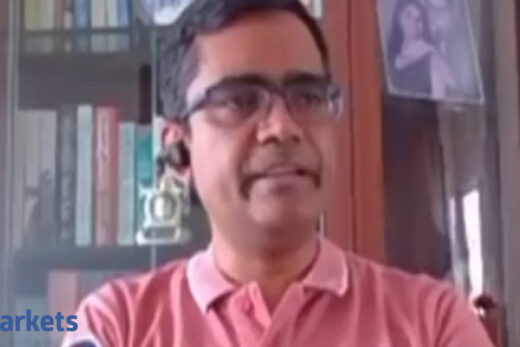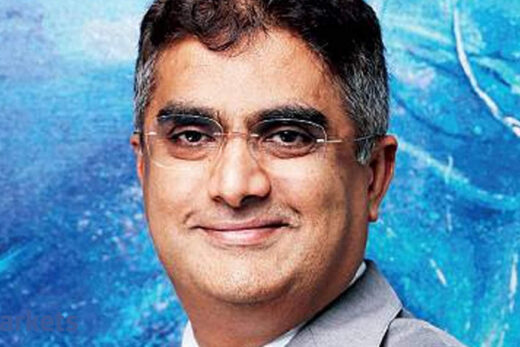The second wave impact has been seen in the GDP forecast put out for India. How big a concern is a potential third wave?
When we were putting out our numbers in April, we had warned that if this were really the beginning of the second wave in India and if that were to rise dramatically and lead to very widespread lockdowns, then that would lead to a downgrade. Those were the risks that were actually realised, which is why we had a 3 percentage point downgrade.
Now to your question of what comes next. We have a very modest recovery put into the numbers and the reason is that unlike after the first wave, we think that this time around the hit to confidence was greater and also because of the uncertainty about what will come next in terms of the pandemic. Both of those will weigh on the recovery. So, we have a fairly modest recovery at this point in our projections.
In India, what do you see as the factors impeding recovery? Do you think we are vaccinating too slowly?
The vaccine divide is a big part of the story behind the great divergence that we are seeing in different parts of the world. In the case of India, vaccination started out slow. They picked up quite a bit and they came down again towards May. But then, they have gone back up. So, at the current pace of around 4 million shots in arm daily, India should get to somewhere close to 40% coverage by the end of this calendar year. Now that would be very good. I mean that is a good amount of coverage given the age distribution of India.
But again, I think that a bigger push can be made on that front in terms of accelerating vaccine rollout, getting more shots in arm, so that you get your higher numbers like 60%. That is essential. You do see cases going up, you see the delta variant, but hospitalisations and deaths remain in control and that makes a big difference in terms of economic recovery.
Do you think perhaps India in a way has gone wrong with their vaccine procurement policy?
I mean vaccinating 1.3 billion people was always going to be a major challenge. I will say that since April I think, the development was the central government deciding they were going to procure 75% of the needed vaccines and make it available for free to states. That is certainly a very welcome step. But again, there has to be a big vaccination campaign to get a lot more people eager to get vaccinated. Like you said, get everybody to use whatever potential production capacity exists to put shots in arms and that should be the number one priority on the health front.
Now if you look at the most recent surveys, they do suggest that two-thirds of the population may have been infected and that provides some protection. But we know that you need an additional vaccine dose at least to get to much higher levels of protection. And the possibility of newer variants coming up, you really have to do this pre-emptively now and make sure that you get very widespread vaccinations.
What are the key reasons behind the growth cut? Is it because of consumer sentiment which has been hit?
You are right that compared to the first wave, there was no national lockdown and if you look at a hit to activity, that was much harder in the first wave than it is in the second wave. But that said, just given how catastrophic the second wave was and how disruptive it was to people’s lives, there was a minimum amount of hit that did come about which explains the 3 percentage point drop.
Another important piece of this is in terms of the recovery. If you look at high frequency indicators now, you see in terms of industrial activity, you are seeing recoveries happening, but much weaker when you come to services sector. We think that there will be a pretty subdued dampening effect on confidence for a while and especially with the risk of another potential wave in India, that the recovery will be slow.
How do you foresee inflation expectations evolving going forward? Do you see it becoming more persistent, forcing the central banks globally to take pre-emptive action?
Inflation is in the news everywhere: all different parts of the world. The specific response to your question depends on which part of the world we are talking about. In the case of advanced economies, I would really focus on the US given in terms of inflation readings, that is really where the big concerns are. If you look at the US, what we are seeing is certainly extraordinarily high inflation readings, but a significant part of that has been driven by pandemic-affected sectors like restaurants or used cars and so on. So, that should be transitory.
We are certainly not seeing widespread wage inflation though. We are certainly seeing it in some sectors, but not a very broad-based increase and inflation expectations remain anchored. In the case of the US, we expect that inflation will be around 4% this year and come down by the end of next year; back to 2.5%. That is the time we think, towards the end of 2022, when the US Fed would be likely to start raising rates given our projections of inflation and employment. That would call for an increase in rates towards the end of next year and later by early 2023, which means that asset tapering will happen in the first half of next year.
Now in the case of emerging markets, there are very different pictures. In India again, inflation readings are very high. Core inflation seems quite sticky, which is a concern. There is a question that what does that imply for monetary policy. It is a bit of a tricky trade off here because in India, there is still a lot of slack in the economy. You can see if you look at employment which is now relative to where it should be; there is slack there. If you look at capacity utilisation, there is slack there. So, there is an argument to keep monetary policy accommodative which is what we would say for now. What the RBI is doing is providing forward guidance of how they will respond if it turns that inflation expectations are really moving far away from their comfort zone.
In India, what do you think is the need of the hour? Do we need a lot more fiscal support?
In the case of India, like other countries, you have to be really flexible and agile in providing support. And you saw that in the second wave in India, when the government extended the provision of free food rations, the expenditure that was needed to procure vaccines, the additional spending that was needed for the health system. So, you will have to respond to the need of the hour.
But in terms of more systematic response, I would say that the Indian government can and should provide additional support in the form of income support to low-income households, support to MSMEs, support for health spending where they promised quite a bit. That would need further support and again, I would highlight education. That is one priority area which will need financial and fiscal support given that that has been so hard hit in this crisis.
Petrol and diesel prices are touching Rs 100 per litre in many states. The central government says that they will not cut taxes as they are providing free food and vaccination. On the other hand, the common man is feeling the pinch. How should one do the balancing act in a case like this?
It is absolutely a difficult trade off. Now it is an important source of revenue for the government, there is no doubt about it and it is being used. That revenue is being used to help the poor people, to help with rural road building, which are all important initiatives. I think the strategy has to be one where while you are raising revenue through these taxes, you are also building up the social safety net. You are making sure that you are providing transfers to those who are at the bottom of the income scale so that they are not getting hard hit by it. But it is for now an important source of revenue for the Indian government to do these schemes.



